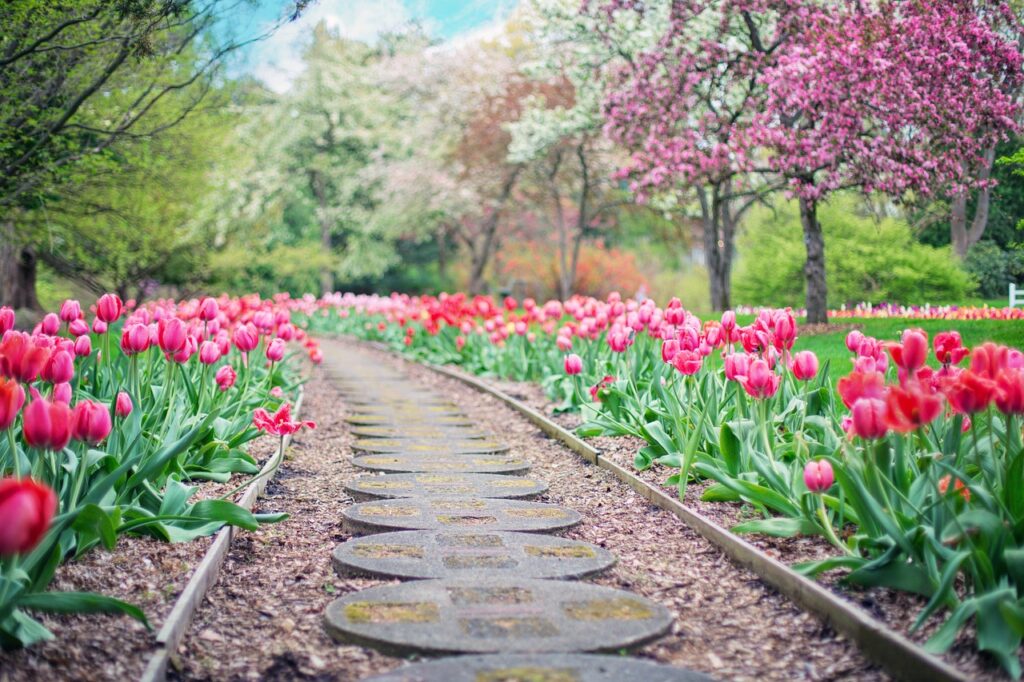To Share is to Show You Care!
As the world becomes more conscious of its water usage and the effects of drought, xeriscaping is becoming a popular option for landscaping. Xeriscaping is a water-wise approach to landscaping that uses plants that require minimal water to thrive. This method not only conserves water but also creates a beautiful, low-maintenance landscape that is both environmentally friendly and aesthetically pleasing.
In this ultimate guide to xeriscaping, we will show you how to transform your yard into a drought-resistant oasis. We’ll cover the basics of xeriscaping, including what it is, the benefits, and the types of plants that work best in a xeriscape. We’ll also provide you with tips and tricks to help you get started, as well as advice on how to maintain your xeriscape for years to come.
What is Xeriscaping?
Xeriscaping is a landscaping method that originated in areas with limited water resources, such as the arid Southwest of the United States. The term “xeriscaping” is derived from the Greek word “xeros”, which means “dry”. This method of landscaping involves selecting plants that are native to your area and that require minimal water to survive. The goal of xeriscaping is to create a beautiful and sustainable landscape while reducing water usage.
Benefits of Xeriscaping
There are many benefits to xeriscaping your yard. These include:
Conserving Water: Xeriscaping reduces water usage by using plants that require minimal water to survive. This helps to conserve water, which is especially important in areas where water is limited.
Low Maintenance: Xeriscaped yards require less maintenance than traditional landscaping. This is because xeriscaped plants are well-adapted to their local environment and require minimal care.
Environmental Friendliness: Xeriscaping helps to conserve water, reduce waste, and reduce the need for fertilizers and pesticides. This makes it an environmentally friendly option for landscaping.
Aesthetically Pleasing: Xeriscaped yards can be just as beautiful as traditionally landscaped yards. By using a variety of plants with different textures, colors, and shapes, you can create a visually stunning landscape that is also low-maintenance.
Types of Plants for Xeriscaping
When it comes to xeriscaping, the right plants are key. Some of the best plants for xeriscaping include:
Cactus: Cactus is a classic xeriscaped plant that requires minimal water to thrive. There are many different species of cactus, and they come in a variety of shapes, sizes, and colors.
Succulents: Succulents are another great option for xeriscaping. They store water in their leaves and stems, allowing them to survive long periods of drought.
Native plants: Native plants are well-adapted to your local environment, which means they require minimal water to survive. Some popular native plants for xeriscaping include sagebrush, rock rose, and wildflowers.
Drought-tolerant grasses: Drought-tolerant grasses are a great option for xeriscaping because they require minimal water to thrive. Some popular drought-tolerant grasses include buffalo grass, blue grama, and fescue.
Tips for Starting Your Xeriscape
Starting your xeriscape can seem overwhelming, but with these tips, you’ll be on your way to a beautiful, drought-resistant oasis in no time:
Plan your design: Before you start planting, it is important to have a plan in place. Consider the sun exposure, soil type, and water needs of your yard. You can use a garden design tool or consult with a professional to help you create a plan that works for your space.
Group plants by water needs: To conserve water, group plants together based on their water needs. This will help ensure that you’re not over-watering some plants while under-watering others.
Add mulch: Mulch is a great way to conserve water and reduce weed growth in your xeriscape. Spread a layer of mulch around your plants to help retain moisture in the soil.
Choose the right irrigation system: If you need to water your xeriscape, choose an irrigation system that is designed for low water usage. Drip irrigation is a popular option because it delivers water directly to the roots of your plants, reducing water waste.
Maintain your xeriscape: Regular maintenance is important to keep your xeriscape looking its best. This includes removing dead plants, pruning, and fertilizing as needed.
Conclusion
Xeriscaping is a water-wise approach to landscaping that can help you create a beautiful, low-maintenance, and environmentally friendly yard. By using the right plants and following the tips in this guide, you can transform your yard into a drought-resistant oasis that will thrive for years to come.
The Informed Minds
I'm Vijay Kumar, a consultant with 20+ years of experience specializing in Home, Lifestyle, and Technology. From DIY and Home Improvement to Interior Design and Personal Finance, I've worked with diverse clients, offering tailored solutions to their needs. Through this blog, I share my expertise, providing valuable insights and practical advice for free. Together, let's make our homes better and embrace the latest in lifestyle and technology for a brighter future.

